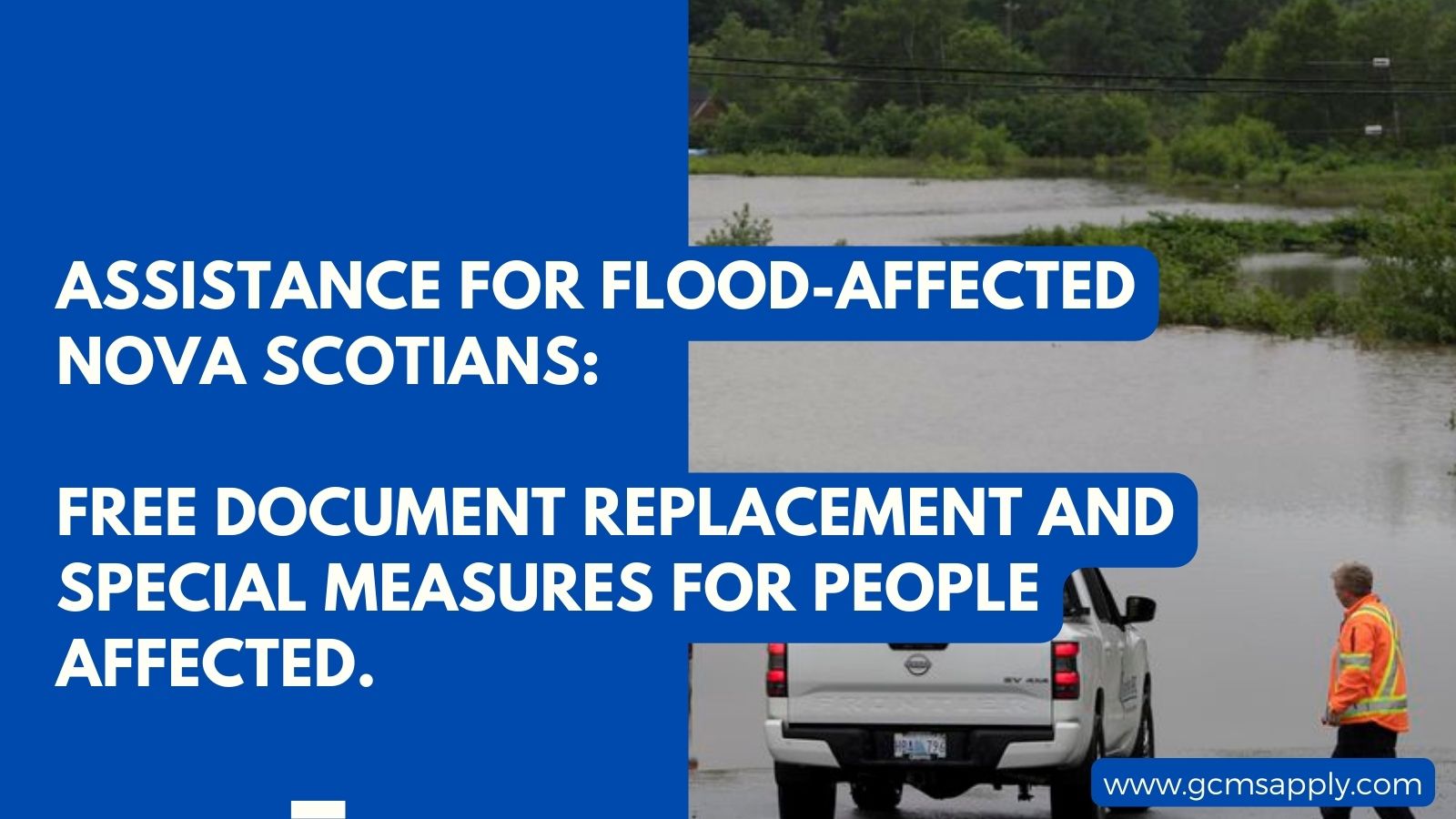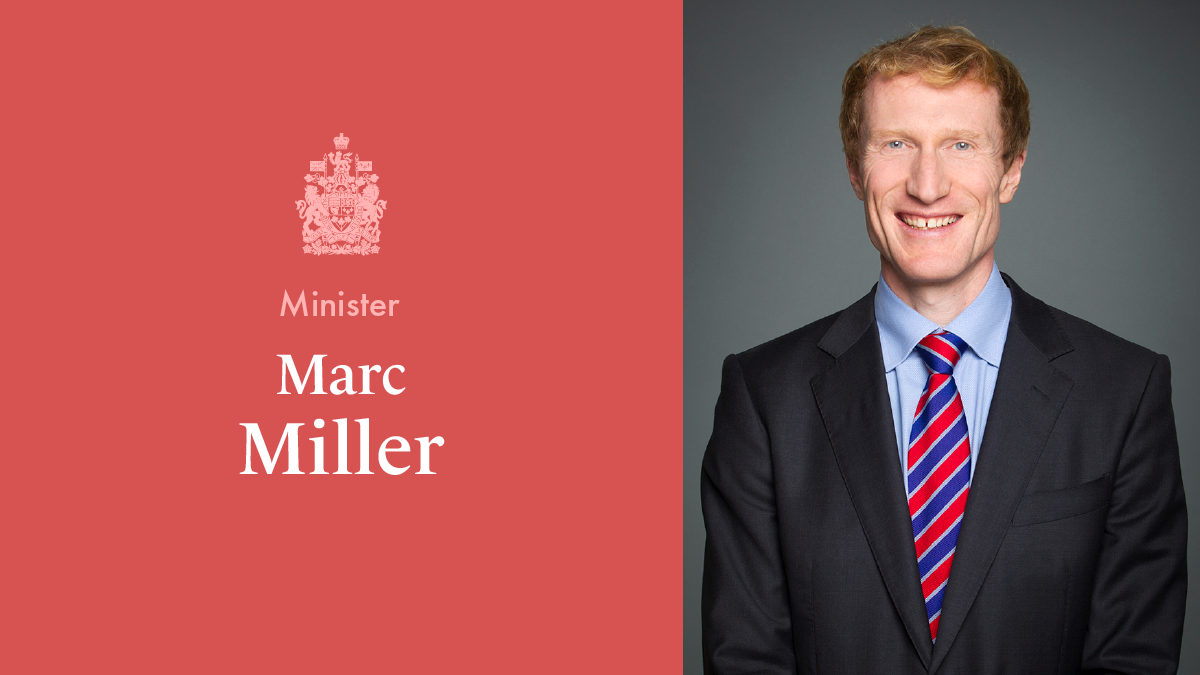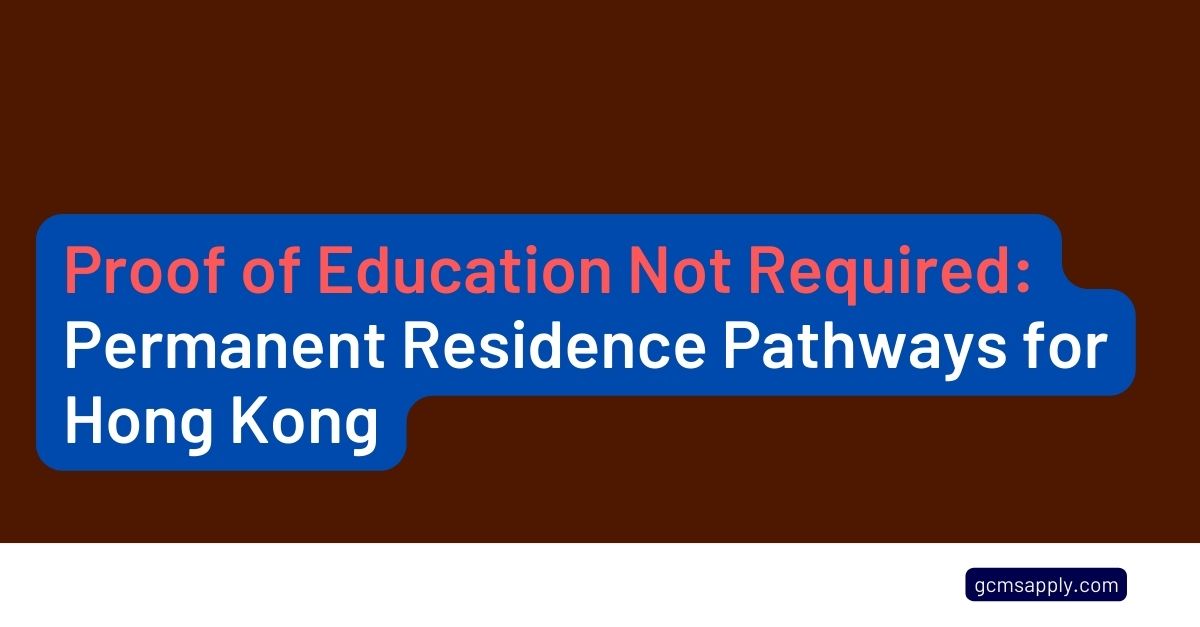Articles By admin
Mandatory Multi-Factor Authentication for GCKey Users Starting July 31, 2023
In a significant move aimed at bolstering account security, the Canadian Government has made multi-factor authentication mandatory for…
GCMS notes and your Canada Visa Application
When applying for a Canada Visa, it is crucial to understand all aspects of the application process, including…
Assistance for Flood-Affected Nova Scotians: Free Document Replacement and Special Measures for People Affected.
Minister of Immigration, Refugees, and Citizenship, has introduced special measures to aid those impacted by the floods, addressing…
New Minister of Immigration, Refugees and Citizenship: The Honourable Marc Miller
In a recent cabinet reshuffle, Marc Miller has assumed the role of Minister of Immigration, Refugees, and Citizenship,…
Express Entry Rounds of Invitations- French Language- Lowest CRS- 375
Latest Rounds of Invitation– French language proficiency Canada has invited 3800 candidates to apply for permanent residence in…
Proof of Education Not Required: Permanent Residence Pathways for Hong Kong
Title: Canada Simplifies Permanent Residence Pathways for Hong Kong Residents by Removing Education Requirement In a recent announcement,…

Mandatory Multi-Factor Authentication for GCKey Users Starting July 31, 2023
In a significant move aimed at bolstering account security, the Canadian Government has made multi-factor authentication mandatory for…
GCMS notes and your Canada Visa Application
When applying for a Canada Visa, it is crucial to understand all aspects of the application process, including…
Assistance for Flood-Affected Nova Scotians: Free Document Replacement and Special Measures for People Affected.
Minister of Immigration, Refugees, and Citizenship, has introduced special measures to aid those impacted by the floods, addressing…
New Minister of Immigration, Refugees and Citizenship: The Honourable Marc Miller
In a recent cabinet reshuffle, Marc Miller has assumed the role of Minister of Immigration, Refugees, and Citizenship,…
Express Entry Rounds of Invitations- French Language- Lowest CRS- 375
Latest Rounds of Invitation– French language proficiency Canada has invited 3800 candidates to apply for permanent residence in…
Proof of Education Not Required: Permanent Residence Pathways for Hong Kong
Title: Canada Simplifies Permanent Residence Pathways for Hong Kong Residents by Removing Education Requirement In a recent announcement,…






